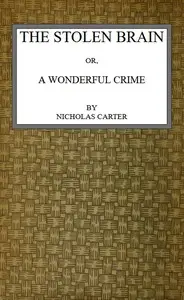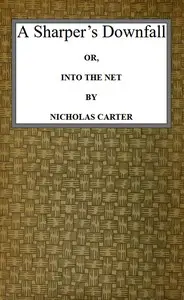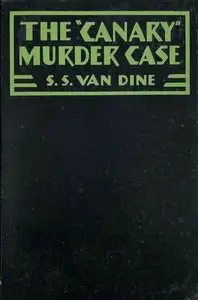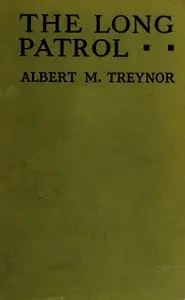"The Third and Last Part of Conny-Catching" by Robert Greene is a historical exploration of cunning tricksters in Elizabethan London, revealing the dark side of society through tales of deception and exploitation. Acting as both a guide to the methods of "Conny-catchers" and a stark commentary on the era, the book presents a string of accounts where rogues skillfully deceive naive individuals. With engaging narratives and a tone of urgent warning, Greene's work highlights the need for constant awareness against those preying on trust; through examples ranging from corrupt gentlemen to gullible townspeople, the book illustrates how easily one could fall victim to calculated schemes.
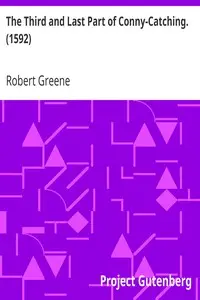
The Third and Last Part of Conny-Catching. (1592) With the new deuised knauish arte of Foole-taking
By Robert Greene
Step into a world of cunning disguises and deceitful plots, where charming criminals prey on the unsuspecting, stealing fortunes and shattering trust.
Summary
About the AuthorRobert Greene (1558–1592) was an English author popular in his day, and now best known for a posthumous pamphlet attributed to him, Greene's Groats-Worth of Witte, bought with a million of Repentance, widely believed to contain an attack on William Shakespeare. Greene was a popular Elizabethan dramatist and pamphleteer known for his negative critiques of his colleagues. He is said to have been born in Norwich. He attended Cambridge where he received a BA in 1580, and an M.A. in 1583 before moving to London, where he arguably became the first professional author in England. He was prolific and published in many genres including romances, plays and autobiography.
Robert Greene (1558–1592) was an English author popular in his day, and now best known for a posthumous pamphlet attributed to him, Greene's Groats-Worth of Witte, bought with a million of Repentance, widely believed to contain an attack on William Shakespeare. Greene was a popular Elizabethan dramatist and pamphleteer known for his negative critiques of his colleagues. He is said to have been born in Norwich. He attended Cambridge where he received a BA in 1580, and an M.A. in 1583 before moving to London, where he arguably became the first professional author in England. He was prolific and published in many genres including romances, plays and autobiography.


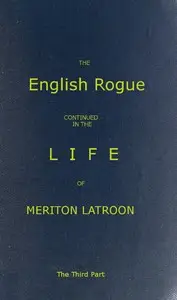
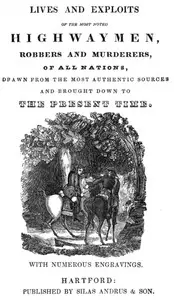
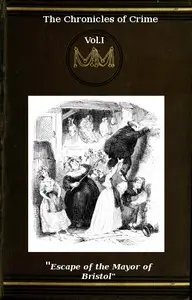

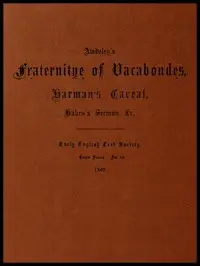

![Robert Greene: [Six Plays] by Robert Greene](https://cdn.a2-host.cloud/bMko-TiyXLo-LWg7DBsVxFll3HrtHFTzHpXNL4yFYss/rs:fill:215:325:0/g:ce/aHR0cHM6Ly9zcC1hc3NldHMuczMudXMtd2VzdC0wMDQuYmFja2JsYXplYjIuY29tL2Jvb2svNTU3NjkvUm9iZXJ0X0dyZWVuZV9TaXhfUGxheXNfY292ZXIuanBn.webp)


